-
Posts
320 -
Joined
-
Last visited
Content Type
Profiles
Forums
Blogs
Events
Articles
Downloads
Gallery
Store
Posts posted by alpha-jessica-a
-
-
Thanks so much for being here with us today and asking such great questions!
-
One last question from email to close things out: What advice would you give to aspiring nature photographers interested in capturing the beauty of pollinators?
-
Another question from email: What are some lesser-known or under-appreciated pollinators that you think deserve more attention, and how do you strive to showcase them in your photography?
-
To get things started off, here's a question that came in via email: What advice do you have for new macro photographers?
-
We’re excited to have Hannah Mather in the community for this live AMA today. Please be patient, as Hannah will be typing responses out as questions come in. Hannah is here today to answer questions you may have about pollinator and macro photography, gear, editing, and building community around your photography work. Hannah will be replying in real time today, so please be patient!
-
 2
2
-
-

Hannah Mather is a photographer, videographer, biologist, beekeeper and Sony Alpha Female+ Grant winner. You can check out some of her work on her instagram.Hannah will be participating in a text based AMA here on the forums on April 24th from 5-7pm ET!! Hannah will be answering any questions about pollinator and macro photography, gear, editing, and building community around your photography work.
-
Hannah Mather is a photographer, videographer, biologist, beekeeper, and Sony Alpha Female+ Grant winner. It’s our pleasure to announce that Hannah will be participating in a text based AMA here on the forums on April 24th from 5-7pm ET!
If you’d like to ask a question ahead of the event, post it in this thread and our forum moderators will make sure that they’re posted for Hannah to answer during the event.
If you can’t make it to the live AMA, never fear! The event will become a forum topic once it is finished, so you’ll be able to read all the questions and answers afterwards.
We hope to see you there! -
For conservation photographer and doctoral student @binglin (@earth.abloom), his time is divided between the classroom, research, and out in the field photographing. Bing is working toward his doctorate in science technology and environmental policy at Princeton University. “Basically what my research combines is conservation ecology and environmental policy in a coral reef context. So I'm looking at the relationship between humans and coral reefs across a lot of scales, from a global scale down to a localized scale.” In addition to his research, Bing is an accomplished conservation photographer and Emerging League member of the International League of Conservation Photographers (iLCP). The theme of his life is biodiversity and conservation, and it shines through his work. You can catch up with him and more conservation photographers in the iLCP Club in the Sony Alpha Universe Community Forums.
We recently discovered Bing's remarkable topside and underwater photography. His Instagram post featuring the "Princeton Fox" caught our attention, sparking our interest in the story behind the images and the concept of capturing wildlife and narratives close to home. Intrigued by his work, we interviewed Bing to delve deeper into his creative process, the story of the Princeton Fox, and how he used photography to bring the story to life.
Discovering Urban Wildlife & Becoming A Better Observer
Having grown up in Indonesia, Bing had seen very little wildlife native to the United States. Around 2017 or 2018, a skulk of foxes made their home at Princeton University. This was Bing’s first time ever seeing a fox and he was mesmerized. “It was just the coolest thing, just as exciting as seeing one of the big five in Africa,” he says. “I thought this was the coolest form of urban wildlife and so I ended up becoming obsessed.”
As his obsession grew, Bing purchased a ghillie suit so he could spend more time around these foxes. He began to learn about where on and around campus the foxes would spend their time. He would wake up at dawn, dress in his ghillie suit, and head over to a pond on a golf course near campus. It would be around 5:45 a.m., and Bing would be laying in the mud to photograph the foxes. He was sure to follow ethical guidelines around wildlife, but the foxes would relax in his presence, allowing him to create some stunning images.
 Photo by Bing Lin. Sony Alpha 7R IV. Sony 200-600mm f/5.6-6.3 G. 1/800-sec., f/6.3, ISO 2500
Photo by Bing Lin. Sony Alpha 7R IV. Sony 200-600mm f/5.6-6.3 G. 1/800-sec., f/6.3, ISO 2500
“It was just this magical experience and it always blew my mind how anyone could just walk past the wildlife right in front of them and beside them. It just really was this great kind of perspective-shifting moment to really appreciate what's around us because we all can't be around the world all the time doing things in remote locations and working on glossy magazine shoots. But you can have an epic wildlife encounter in your own neighborhood. So that kind of sparked my love for urban wildlife and then it's been kind of the inspirational starting point for being a better observer of what's around me.”
Photographic Opportunities & Challenges
Bing was amazed at how wonderful it was to have a story close to home that he could photograph over and over again. “I have a special place in my heart that will always be reserved for instances that are close to home that have real world consequences and conservation impacts. I feel like the least we can do for the communities in which we reside is pay attention to what's around us.”
Photographing close to home also gave Bing the opportunity to continually improve and practice his photography skills. He was able to return to the same scene and try out different techniques, angles, and compositions. Bing started out photographing this story with his Sony Alpha 7R IV and he later added Sony Alpha 7R V, which he paired with the Sony 200-600mm f/5.6-6.3 G. Bing upgraded to Sony from a Micro 4/3rds setup and said that his Sony gear made all the difference.
 Photo by Bing Lin. Sony Alpha 7R IV. Sony 200-600mm f/5.6-6.3 G. 1/500-sec., f/6.3, ISO 2500
Photo by Bing Lin. Sony Alpha 7R IV. Sony 200-600mm f/5.6-6.3 G. 1/500-sec., f/6.3, ISO 2500
“If I had been shooting with my old Olympus, I think I would have missed at least 25% of the shots I’ve gotten with my Sony setup. Plus the opportunities that come with having more pixels to play with and more light to play with is astounding.” Bing also loves his workflow on his camera, he’s set a variety of custom buttons, allowing him to respond to scenarios in an instant. Bing explains that his Sony gear was invaluable for photographing the foxes.
Building Empathy For Wildlife
Photographing the foxes taught Bing many lessons. First of all, Bing explains that just by spending so much time observing an animal, you learn a ton about the natural history of that species. You learn about its routine and repetitive nature. “I think that for me, the shift pretty much came when it became not just some random animal that was following, but that fox that I can recognize by its markings or routine,” he says. “Recognizing specific animals puts you in a circle of empathy, if you will, and that to me is really meaningful and honestly, what I hope my photography instills in others. Just that feeling of connection and empathy that I experience that I can share one small sliver of with whoever looks at my pictures.”
 Photo by Bing Lin. Sony Alpha 7R IV. Sony 200-600mm f/5.6-6.3 G. 1/100-sec., f/6.3, ISO 1000
Photo by Bing Lin. Sony Alpha 7R IV. Sony 200-600mm f/5.6-6.3 G. 1/100-sec., f/6.3, ISO 1000
The images were published alongside a story in Princeton’s Alumni magazine. After the publication went out, Bing heard from many friends and other alumni that the story really touched them. He says the feedback has been overwhelmingly positive and offered him a platform to help share the wonder of wildlife with his community.
As Bing’s doctorate research focuses on biodiversity conservation, he’s thankful for his time spent photographing the fox. “The fox has been such an interesting pastime, kind of case study if you will, between what I do for work and the types of research I do and then also seeing it applied to cases in the real world. I’m in an interesting position where we talk about something in class, for example, the implications of certain policies or the consequences of land use change, and this story really drives home the lessons I learned in the classroom. This dynamic has been especially enlightening for me.”
Keep up to date with Bing and his work by following him on Instagram @earth.abloom.
You can also chat with him and other iLCP members in the iLCP Club in the Sony Alpha Universe Community Forums. This is a space for all conservation photographers, filmmakers, and storytellers – or those aspiring to be one.
-
You can catch up on the AMA here:
-
Thanks so much for being here with us for the AMA today! Thanks Katie for your excellent insights.
-
We have one last question from email: What's your favorite TikTok trend of recent times?
-
Another question from email: What strategies do you use to engage and grow your audience?
-
The AMA is happening here right now! https://community.alphauniverse.com/live/topic/13/
-
Let's start things off with a question we got via email! How do you stay updated with industry trends and adapt your content strategy accordingly?
-
We’re excited to have Katie Steckly in the community for this live AMA. This is a great time to learn and connect with Katie on her work, ask questions about gear, the dreaded social algorithms, techniques for growing your accounts, how to make money, editing, and more. Please be patient, as Katie will be typing responses out as questions come in.
-
 1
1
-
-

Katie Steckly is a content creator, entrepreneur, podcast host and part time van-lifer. You can check out some of her work on her Instagram.
Katie will be participating in a text based AMA here on the forums on April 16th from 2 to 4pm ET. Katie will be answering any questions you have about gear, the dreaded social algorithms, techniques for growing your accounts, how to make money, editing, and more. -
Here's a wrap up of some cool posts you may have missed here in the forums lately!
We've had some great AMA's recently! Check out @Cristina Mittermeier's AMA:
And @autpops and @NateintheWild's AMA:
We also have an AMA coming up with @Katie Steckly next week! If you have any questions you'd like to ask her, pop them in this thread ahead of the event:
We'd love to have you get involved in one of our photo challenges, too! We'll be picking winners for some of these challenges soon, it's not too late to show off your work!
Or show us some of your recent work in our Photo Dump thread for March here:
Thanks so much for being a part of this community!-
 1
1
-
-
You can check out @Cristina Mittermeier's AMA here:
-

Cristina Mittermeier is a conservation photographer, Sony Artisan Imagery and co-founder of SeaLegacy who uses her passion for photography to influence the fate of our planet’s natural resources. You can check out some of her work on Instagram and check out the crowdfunding page for her new book, Hope here.
Cristina will be participating in a text-based AMA here on the forums on April 10th from 2-3pm ET.
Cristina will be happy to answer questions about conservation photography, storytelling, the type of gear she uses, travel preparation and so much more. -
The Sony ZV lineup of cameras has something for everyone. In this video, Sony Artisan @MiguelQuiles takes us through the highlights with video samples for each so you can find out which one is the right one for you. Watch as he takes a closer look at the Sony ZV-1F, Sony ZV-1 II, Sony ZV-E10 & Sony ZV-E1.
Sony ZV-1F
The Sony ZV-1F a big step up coming from a smartphone. “First things first, you’ve got a one-inch sensor which is much bigger than what you would find in a smartphone,” Quiles explains. “You’ve got a fixed 22mm f/2 lens. So really bright, great for shooting stuff outdoors. Great for shooting stuff in low light situations. Really, really nice camera to get you started if you’re coming from using a smartphone for shooting your vlogs and shooting your videos.”
He continues, “Of course with this camera you also get Sony’s Eye Autofocus feature which is going to make sure that you, as the person who is being filmed, that you’re in focus, that you’re sharp. And so that’s one of the things that really shines in the Sony ZV family is the autofocus features.”
 Sony ZV-1F
Sony ZV-1F
You can also use the Sony ZV-1F for livestreaming by plugging it into your computer or laptop to use it as a webcam. “That’s really going to step up the quality of your livestreams, of your Zoom calls,” he says. “So it’s a very versatile camera – you can use it for your vlogging and use it for your livestreams.”
Another important highlight for the Sony ZV-1F is the ability to use S-Log3. “If you’re new to video, especially if you’re coming from a smartphone, S-Log3 is going to allow you to capture a flat looking video but then in post-production you could actually bring out the details in the shadows, bring out details in the highlights.” Having this ability in an entry-level camera gives you the ability to start working with that S-Log3 footage to get experience as you move up the ZV line.
Learn more about the Sony ZV-1F HERE.
Sony ZV-1 II
Like the Sony ZV-1F, the Sony ZV-1 II has a one-inch sensor. It also has a 20.1 megapixel resolution for stills, but there is one major difference between it and the Sony ZV-1F. “Which is that you have an 18-50mm f/1.8-4 zoom lens,” reveals Quiles. “So now you have the ability to create some different compositions. You can get a lot wider than you can with the ZV-1F and you’re able to zoom in which is really great.”
Another big difference with the Sony ZV-1 II is that it has a hot shoe on it, so you’re able to pair it with things like external flashes. “I will tell you that even though this is a vlogging camera, I love shooting stills with it,” Quiles says. “It’s one of my favorite everyday walkaround stills cameras, so don’t discount it just because it’s considered a vlogging camera because all of these cameras in the lineup are fantastic for shooting stills.”
 Sony ZV-1 II
Sony ZV-1 II
A major highlight you get with the Sony ZV-1 II is the built-in ND Filter. “If you plan on shooting at those wide open apertures, now you have the ability to be able to use the electronic ND that’s built into this camera to get you the correct exposure.”
“I think if you’re looking for something that’s compact, that has flexibility in being able to get you different focal ranges – the ZV-1 II is going to be a fantastic option.”
Learn more about the Sony ZV-1 II HERE.
Sony ZV-E10
With the Sony ZV-E10, you’re stepping into a camera with a bigger sensor. “You get an APS-C sized sensor. It is 24.2 megapixels, which basically is going to mean that you’re going to get a much better looking image. You’re going to get much better looking stills. And with that bigger sensor you’re going to get better sensitivity in low light as well compared to that one-inch sensor.”
The Sony ZV-E10 is a step up to a more professional vlogging camera, because it also gives you the ability to change lenses unlike the previous ones discussed with fixed lenses. Quiles likes to shoot with the Sony 10-20mm f/4 G PZ lens because not only is it great for vlogging, it also provides a compact setup when paired with the camera.
 Sony ZV-E10
Sony ZV-E10
The Sony ZV-E10 is also the first camera in the lineup that gives you a headphone jack in addition to the microphone jack, so you can monitor your audio while you're recording. “Another thing that’s notable here,” explains Quiles, “Is that this is the first ZV camera in the lineup that we’ve talked about today that has the digital audio interface. So with that multi-interface hot shoe that’s on top of the camera, you now have the ability to use some of Sony’s microphones.
And what’s really great about these microphones is that you can put them on to the hot shoe, you don’t have to hook up any type of microphone cables or anything like that. You’re getting power through the hot shoe. It’s transferring the audio digitally through the hot shoe which is just fantastic. It’s really going to step up the audio in your videos.”
With this camera, you also get a bigger battery. “Compared to the ZV-1 II and the ZV-1 F, you’re going to have the ability to shoot for a little while longer because you do have a much bigger lithium ion battery.”
Learn more about the Sony ZV-E10 HERE.
Sony ZV-E1
The Sony ZV-E1 is the top-of-the-line in the ZV lineup. “You’ve got a 12 megapixel full-frame sensor, very similar to the one found in the Sony Alpha 7S III. And as you already know, that camera is highly touted for its ability to shoot in low light. Amazing dynamic range. So in terms of low light capabilities, this is going to be the very best that you can get in the ZV lineup.”
“But it doesn't end there,” Quiles continues. “You see now you’re stepping into high-quality video recording. You have the ability to shoot up to 4K 120p. You can do that with 4:2:2 10-bit color, which is unbelievable. Once again, if you’re trying to get that professional, cinematic look, you could definitely do it with those other cameras in the ZV lineup, but the very best quality that you could possibly get and the most versatility that you could get, is definitely going to be in the Sony ZV-E1."
Another major feature of the Sony ZV-E1 is the inclusion of a dedicated AI-processing chip, which brings some really amazing AI features to the camera. This includes the ability for the camera to keep a wide variety of subjects, like humans, cars, trains, planes, insects, animals, in focus. You also have an AI Auto-Reframing feature. “So you can actually take the camera, put it on a tripod, you could walk around and it’s actually going to keep you in the frame. It’s going to follow you, it’s going to zoom in. And it’s going to make it look like you actually have somebody behind the camera. So it’s providing a little bit of an additional level of professionalism and quality to your productions without actually having to have someone behind the camera doing it for you.”
 Sony ZV-E1
Sony ZV-E1
Another big highlight of the Sony ZV-E1 is Dynamic SteadyShot, a fairly rare feature amongst Sony cameras. “You get this very smooth, gimbal-like quality to your shots.” Again, Quiles says this adds another layer of professionalism to your videos.
The Sony ZV-E1 also gives you the ability to choose from a variety of full frame Sony lenses. In this video, Quiles pairs it with the Sony 16-35mm f/4 G PZ. “With this particular camera body, it actually has a rocker switch where I could actually control the zoom either on the lens itself or I can use the camera body to control the zoom.”
The camera also has the bigger Z-series battery. “If you plan on going out for the day and you want to have a camera that’s going to give you the most battery life in the ZV lineup, without a doubt it is going to be the battery that is inside of the ZV-E1.”
You also get the multi-interface show with digital audio capabilities, so you can use external microphones. “So the ZV-E1, I think, is the tippy-top of the line in that vlogging series of cameras. It basically does everything that a serious vlogger would want to do.”
Learn more about the Sony ZV-E1 HERE.
-
In a new Behind The Shot series on the Alpha Universe YouTube Channel, Sony Brand Ambassador and Sea Legacy co-founder Cristina Mittermeier shares her experience photographing the marine iguana. In the video, you can see the challenges of photographing such quick and quirky-looking creatures. We wanted to hear more about the shoot and the conservation efforts behind the images and sat down with Mittermeier for more. Keep reading as she shares how she got the image by shooting what she and fellow Sony Brand Ambassador Paul Nicklen call “the extra 30%”.
Imagery With An Impact
Mittermeier and her SeaLegacy team were on a shoot to photograph the entire eastern pacific seascape – an area that includes the coastal region of Columbia, Panama, Costa Rica and Ecuador. These four countries were working to create the first interconnected system of marine protected areas. “Imagine a migratory swimway,” she explains. Her mission was to document stories of the importance of these protected areas.
 Photo by Cristina Mittermeier.
Photo by Cristina Mittermeier.
The team had been to all three other countries and Ecuador was their last stop. They were off the coast of the Galapagos and were hoping to photograph species that are iconic to the region. They knew that by showcasing the animals that would benefit from these protected areas, they could help make an impact. The animals they focused on were the Magellanic penguin, the Flightless cormorant, and of course, the marine iguana.
The Conditions
For her work with SeaLegacy, Mittermeier often shoots far out to sea. She’s in open waters, around massive predators, and dealing with the stresses of those scenarios. On the contrary, this shoot was in shallow waters, close to the shore. “It was so much fun,” she explains, “You're not worried about a shark coming out of the deep. You're not worried about being carried out to sea. You can focus on the fun of it and the images you’re making.”
 Photo by Cristina Mittermeier.
Photo by Cristina Mittermeier.
In terms of the images, as you’ll hear in the video, photographing these fast marine iguanas was no easy feat. Mittermeier says she’s grateful to have had reliable gear that could help her photographic process, rather than get in the way. “I have come to rely so much on Sony’s capabilities as I’m getting older. And so focusing, for example, I don’t even think about anymore because the camera does it so well and can recognize animals. It makes it a lot easier to actually capture something that’s in focus.”
The Extra 30%
Mittermeier is known for compelling and eye-catching imagery, with compositions and techniques that force a viewer to pause over a shot and take it in with awe. She explains that the type of photography she does, the extra 30%, a phrase she got from fellow Sony Brand Ambassador and co-founder of SeaLegacy, Paul Nicklen. In his Masters of Photography class he explains that in the first 30% of a shoot, you spend your time making a usable image. This means that the lighting is good, the composition is fine, it gets across all the information needed for the story. “That’s usually a very boring picture. And that’s where most people get stuck.”
The next 30% of your time, you pull more tools from your photography toolkit. “This is where you think about a longer exposure, maybe adding a flash – you think about getting a different perspective. For this particular shoot, I was fascinated because iguanas come in and they hold on to the rock. And they have all this beautiful golden seaweed that's twirling around them and I was trying to get an iguana kind of enveloped in the seaweed. I wanted to create something that had a little more interest than just one sitting there.”
 Photo by Cristina Mittermeier.
Photo by Cristina Mittermeier.
She goes on to explain that the final 30% is a Hail Mary. The time to try anything else weird or fun that comes to mind. “I was thinking, what happens if I go to a shutter speed of 120-sec.? That’s when things get really interesting, and what I was trying to capture in that last Hail Mary was the motion of the water and the violence of these surge. There's an iguana that’s still and so therefore she's in focus, but everything around her is moving. I got a couple of those and that was exciting.”
“I always say to be a successful photographer you need to conquer fatigue, boredom and just complacency. A lot of photographers go take a couple of shots and they give up. To come up with a brilliant shot. You need to stay the course, keep getting back into the situation, come back when the light is different, withstand all the mosquitoes, the heat, the thirst, the hunger…to stay as long as you need to get the shot, something that's unique and different.”
Conservation Wins
On the last day that the team was shooting, a bunch of dignitaries arrived in the Galapagos to declare the expansion of the Galapagos Marine reserve. They created the first ever interconnected swimway for migratory species. Creating images and stories that connect people to wildlife is crucial for conservation. Without knowing about something, you can’t care about it and storytelling enables audiences to know and care for our environment.
 Photo by Cristina Mittermeier.
Photo by Cristina Mittermeier.
When reflecting on conservation wins like this one, Mitttermeier says, “I tend to feel like it's a drop in the bucket of what we need to do because the challenge is so massive. But I have learned to not look at how far I have to go instead to look back at how far we've come. And I pat myself a little bit on the back and keep going.”
You can learn more from Cristina in a live, text based AMA right here on the forums on April 10th at 2pm ET! -

Cristina Mittermeier is a conservation photographer, Sony Artisan Imagery and co-founder of SeaLegacy who uses her passion for photography to influence the fate of our planet’s natural resources. Cristina is also the founding Executive Director of the International League of Conservation Photographers (iLCP), she is instrumental in building up community within the conservation photography space.
Cristina is just as passionate about conservation as she is about her photography. She has traveled the world photographing life on earth and capturing the visual stories of people, creatures, and environments that are in crisis and need advocates.
Cristina is crowdfunding her new book called Hope. In this artistic manifesto Cristina delicately weaves her own personal narrative with meaningful visual stories from a journey spanning over 120 countries and every continent. You can check it out here: https://crowdfunding.hemeria.com/project/hope-cristina-mittermeier/.
It’s our pleasure to announce that Cristina will be joining us for a text based AMA here on the forums on April 10th from 2-3pm ET.
If you’d like to ask questions ahead of the event, post in this thread and our forum moderators will make sure that they’re posted for Cristina to answer during the event.
Take this chance to ask Cristina questions about conservation photography, her new book, storytelling, SeaLegacy, the type of gear she uses, travel preparation and so much more.
If you can’t make it to the live AMA, not to worry! The event will become a forum topic once it is finished, so you’ll be able to read all the questions and answers afterwards.
We hope to see you there! -
On April 8, 2024, there’s going to be a solar eclipse that will be visible across much of North America during the day. Many Sony photographers are planning to head out to capture the event, and we want to help make sure you’re prepared and don’t miss the moment. We’ve put together a complete guide to help you prepare and photograph the upcoming eclipse. Check it out below and don’t forget to share your eclipse images in our Eclipse Photo Challenge here on the forums.
When & Where To Photograph The Eclipse
The eclipse will take place on April 8, 2024, but it’s important to plan out your timing and location prior to the event. An eclipse certainly doesn’t last forever (or even for three minutes), so you want to make sure you’re in the right place at the right time and ready to go. Note that it’s also important to pay attention to the weather and be prepared to be flexible.
NASA is an excellent resource for finding out what time the event will occur in your location. Below you’ll find times that totality begins in some U.S. cities in the path of totality, and you can find a larger time table on NASA’s eclipse website. They also provide several visuals of where you can expect to see the 2024 total solar eclipse.
City: Dallas, Texas
Totality Begins: 1:40 p.m. CDTCity: Little Rock, Arkansas
Totality Begins: 1:51 p.m. CDTCity: Cleveland, Ohio
Totality Begins: 3:13 p.m. EDTCity: Buffalo, NY
Totality Begins: 3:18 p.m. EDT Graphic from science.nasa.gov.
Graphic from science.nasa.gov.
Another popular resource for establishing the best location to photograph events like this is PhotoPills. It allows you to easily scout out a potential photo, as well as calculate and manage the best time and place to get the shot you’re going for. Sony Brand Ambassadors and adventure photographers @NateintheWild and @autpops will be using the app to plan out their eclipse shots. It’s a great resource to use even beyond this event, and the two rely on it to plan out some of their most epic shots. “It allows you to see exactly where the sun will rise and set, where the Milky Way will be in the sky at any given place and time, and even where the eclipse will happen. I highly recommend it for all of your planning needs,” says Schrock. You can get more of their tips in the Solar Eclipse Photography Checklist and check out their recent AMA for more great tips.
 Photo by Autumn Schrock
Photo by Autumn Schrock
What To Pack
When it comes to photographing the eclipse, you need some specific gear to create safe and successful imagery. You can’t just go out with your typical camera and lens setup pointed at the sun – you will ruin your gear. You also can’t just go out and look directly at the sun either, as you’ll ruin your eyes. Here we’ve put together a few of the items we think you should pack in your photo kit for capturing the eclipse.
Camera
Obviously your location, the gear you have and the types of photos you're trying to capture are all going to play a part in which camera and lens(es) you bring to photograph the eclipse. Pack the Sony Alpha camera you have and pay more attention to the focal range of your lens selection. This isn’t the best time to try out new gear – you want to use a camera you know well so you aren’t fumbling with settings.
Lenses
Again, this will mainly depend on the gear you have and what your plans are for photographing the eclipse, but telephoto zooms like the Sony 100-400mm f/4.5-5.6 G Master, Sony 200-600mm f/5.6-6.3 G and Sony 70-200mm f/2.8 G Master II are excellent options. To really capture big detail in the corona and the sun itself, many Sony shooters choose to use a telephoto prime like the Sony 400mm f/2.8 G Master or even the Sony 600mm f/4 G Master sometimes paired with the Sony 1.4x Teleconverter or Sony 2x Teleconverter. Longer lenses are better for capturing the diamond ring effect just before and after totality, while a slightly shorter focal length will ensure that you get the corona, which extends far from the solar disc, at totality. Think about what you want to capture and plan accordingly.
Solar Filter
You must have a good solar filter on the front of your lens while photographing the eclipse so you don’t damage your camera. It’s important that you purchase one from an authorized dealer to ensure it offers true protection and isn’t a counterfeit (yes, it happens). You can find a list of authorized dealers at eclipse.aas.org.
Solar Eclipse Glasses
When looking at the eclipse with your own eyes, you need to be wearing certified solar eclipse glasses so you don’t damage your vision. These will also help you better set up your camera in the right position for capturing the eclipse in frame. Like with the solar filter for your lens, make sure you get one from an authorized source for safe viewing. A list of approved manufacturers can also be found at eclipse.aas.org. You can also learn more about how to ensure eye safety in NASA’s Total Solar Eclipse Safety Guide.
Tripod & Remote Shutter
When the eclipse is in totality, you will be photographing in relative darkness and will want to approach it the same way you would twilight or night photography. This means having your camera set on a sturdy tripod and using a remote shutter if possible to avoid camera shake. The last thing you want is for everything else to go right, but your image is blurry from too much movement during a long exposure.
Extra Batteries & Memory Cards
It’s always a good idea to have extras of these items for any shoot. Since this is such a rare event, we would argue it’s even more important. You never know what might happen, and you just might get carried away and shoot more than planned.
How To Actually Photograph The Event
So you have your certified solar eclipse glasses ready, you’ve set up your Sony Alpha camera and Sony lens with your authorized solar filter on a stable tripod. Now what? With your camera set to shoot RAW, you’ll want to experiment with exposure times and apertures.
You can test exposure times before the eclipse by photographing the sun at the same height in the sky as during the eclipse. Make sure that solar filter stays on your lens when photographing the sun and partial phases of the eclipse. By preparing your exposure settings ahead of time, you don’t have to worry as much in the moment. During totality, you can remove the filter, but you must make sure to put it back on during the remaining partial phases. In this Alpha Universe guide, Sony Artisan @Drew_Geraci provides more on how to capture stunning photos and/or timelapse of the event.
Other Useful Eclipse Resources For Photographers From The Alpha Universe
Remember the August 2017 solar eclipse that crossed the country? Well, a lot of the same applies to this one. Check out our previous article on What You Need to Know to Safely Capture the Solar Eclipse.
How does a solar eclipse work? Is the weather going to cooperate? Learn more about how to answer these questions in Your Last Minute Foolproof Eclipse Guide.
As photographers know, taking the photo is only a part of the process. After you have your eclipse images, you’ll want to be able to edit them to take them across the finish line. Learn more about how to properly do so in our article from Sony Artisan @MattK on Editing Eclipse Photos.
Sony photographers Dan Marker-Moore and Mike Meyers traveled to Chili in 2019 with a massive plan on the different ways they wanted to capture it. Read more about their plan and the gear they used in Eclipse 2019: Capturing Totality and In Search of Totality: How A Pair Of Creatives Are Capturing The 2019 Total Eclipse.
Sony Artisan @pm-r photographed a previous eclipse, and he explains his complete photography approach in A Long-Lens, Three-Camera Approach To The Eclipse.
We look forward to you sharing your eclipse images in our Eclipse Photo Challenge!-
 1
1
-
 1
1
-
-
Do you plan on capturing the awe-inspiring spectacle of this years Total Solar Eclipse? Or have you captured past eclipses? If so, we'd love to see the stunning images you've created during these rare astronomical events. Tell us about how you captured your images, what your setup process was like, and anything else that went into capturing this eclipse! Each contributor will earn points towards our community ranks!
-
 2
2
-





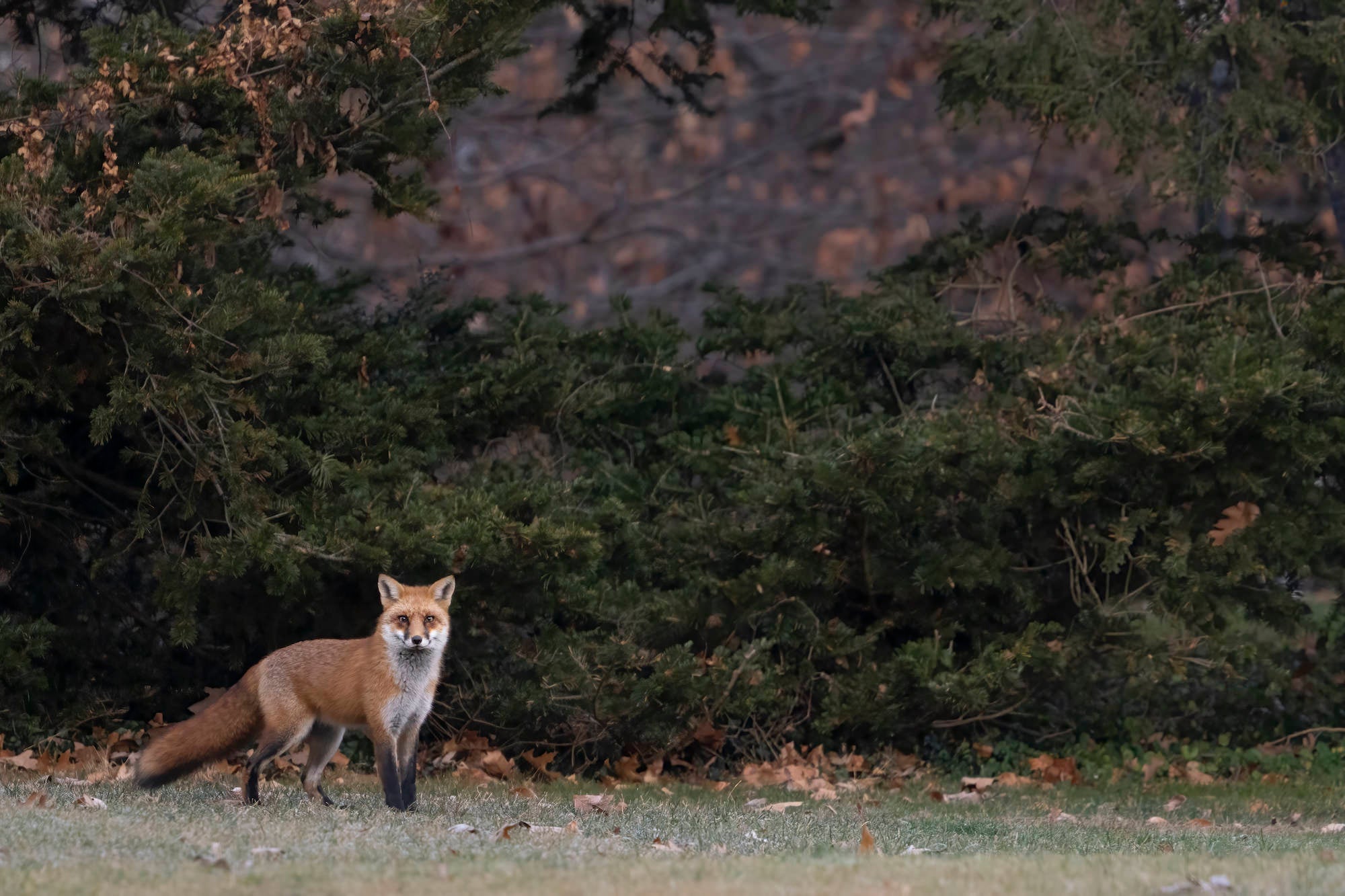 Photo by Bing Lin. Sony Alpha 7R IV. Sony 200-600mm f/5.6-6.3 G. 1/800-sec., f/6.3, ISO 2500
Photo by Bing Lin. Sony Alpha 7R IV. Sony 200-600mm f/5.6-6.3 G. 1/800-sec., f/6.3, ISO 2500
 Photo by Bing Lin. Sony Alpha 7R IV. Sony 200-600mm f/5.6-6.3 G. 1/500-sec., f/6.3, ISO 2500
Photo by Bing Lin. Sony Alpha 7R IV. Sony 200-600mm f/5.6-6.3 G. 1/500-sec., f/6.3, ISO 2500
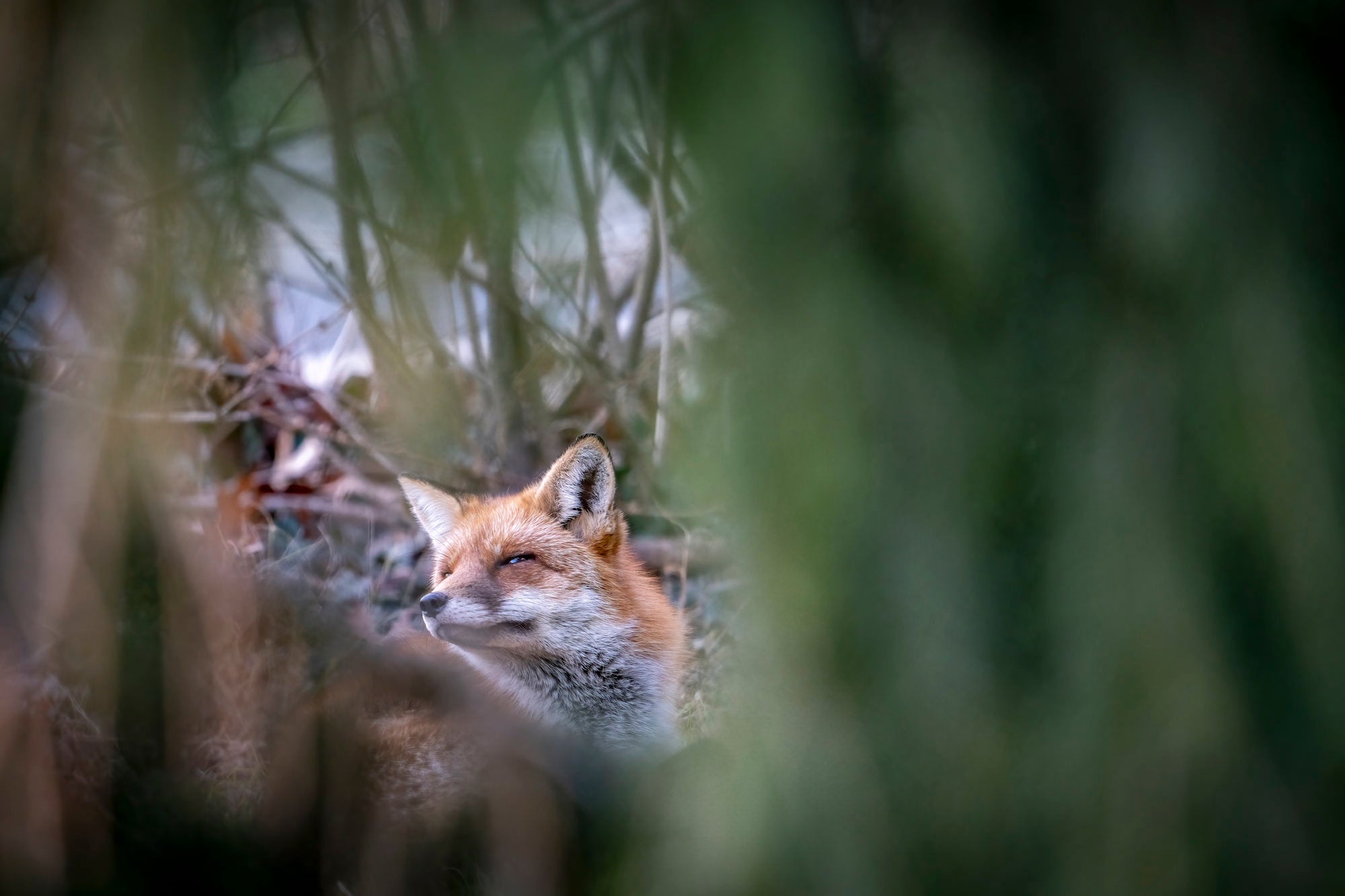 Photo by Bing Lin. Sony Alpha 7R IV. Sony 200-600mm f/5.6-6.3 G. 1/100-sec., f/6.3, ISO 1000
Photo by Bing Lin. Sony Alpha 7R IV. Sony 200-600mm f/5.6-6.3 G. 1/100-sec., f/6.3, ISO 1000


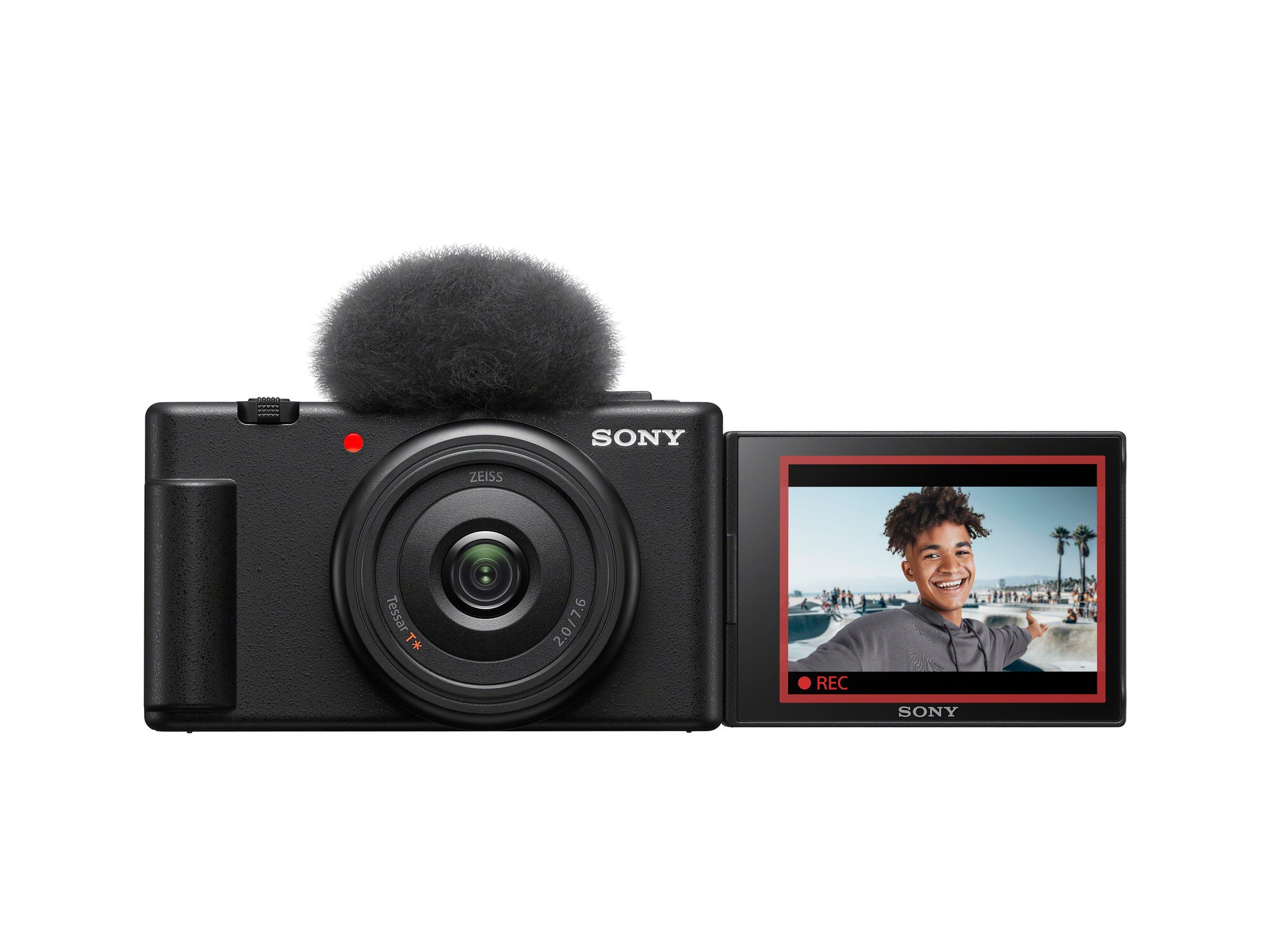
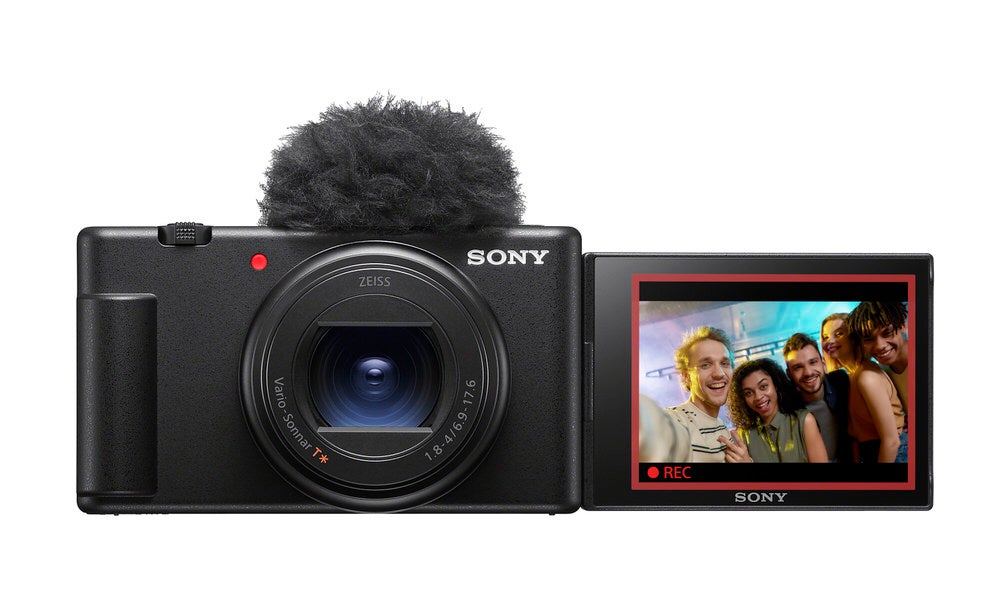
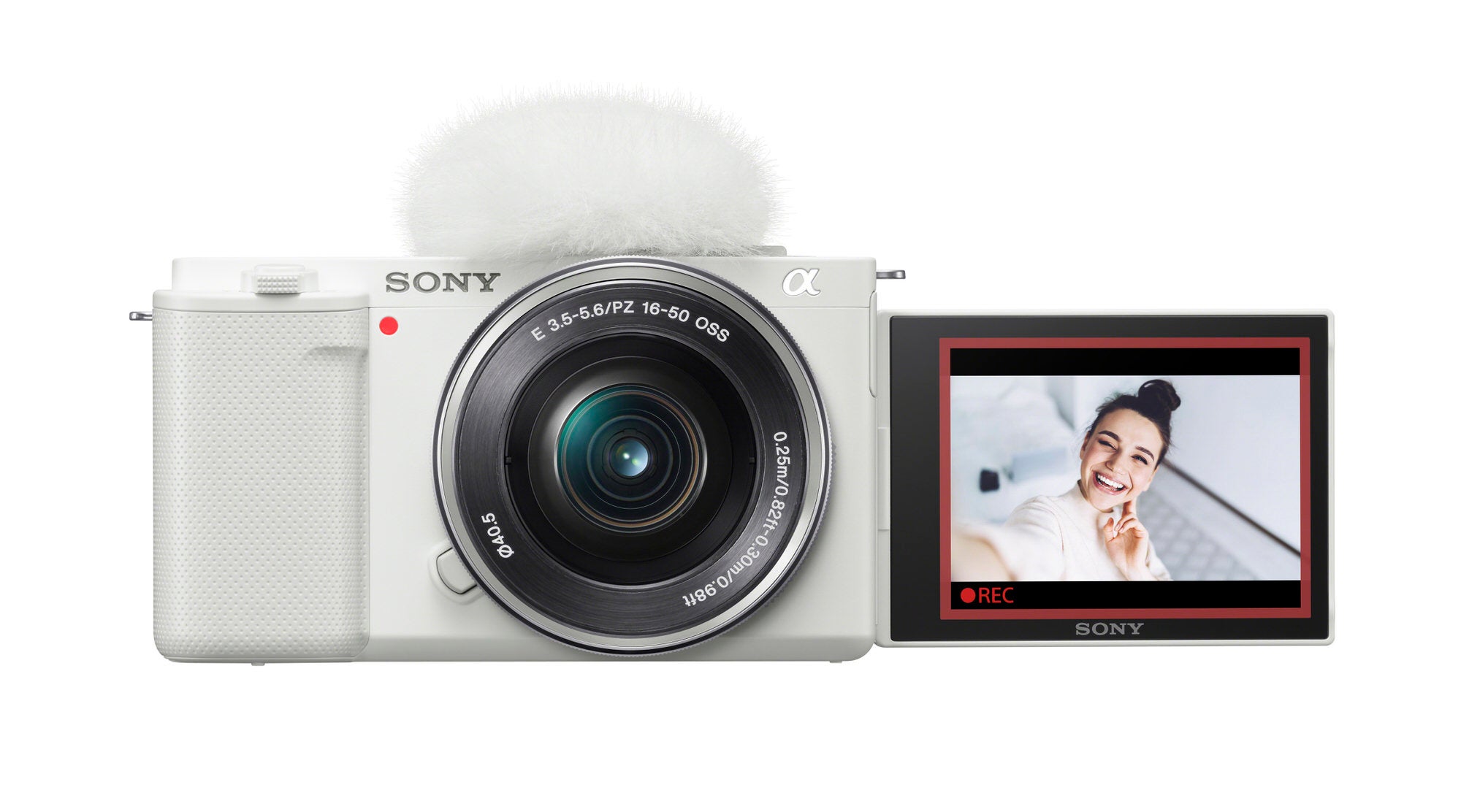

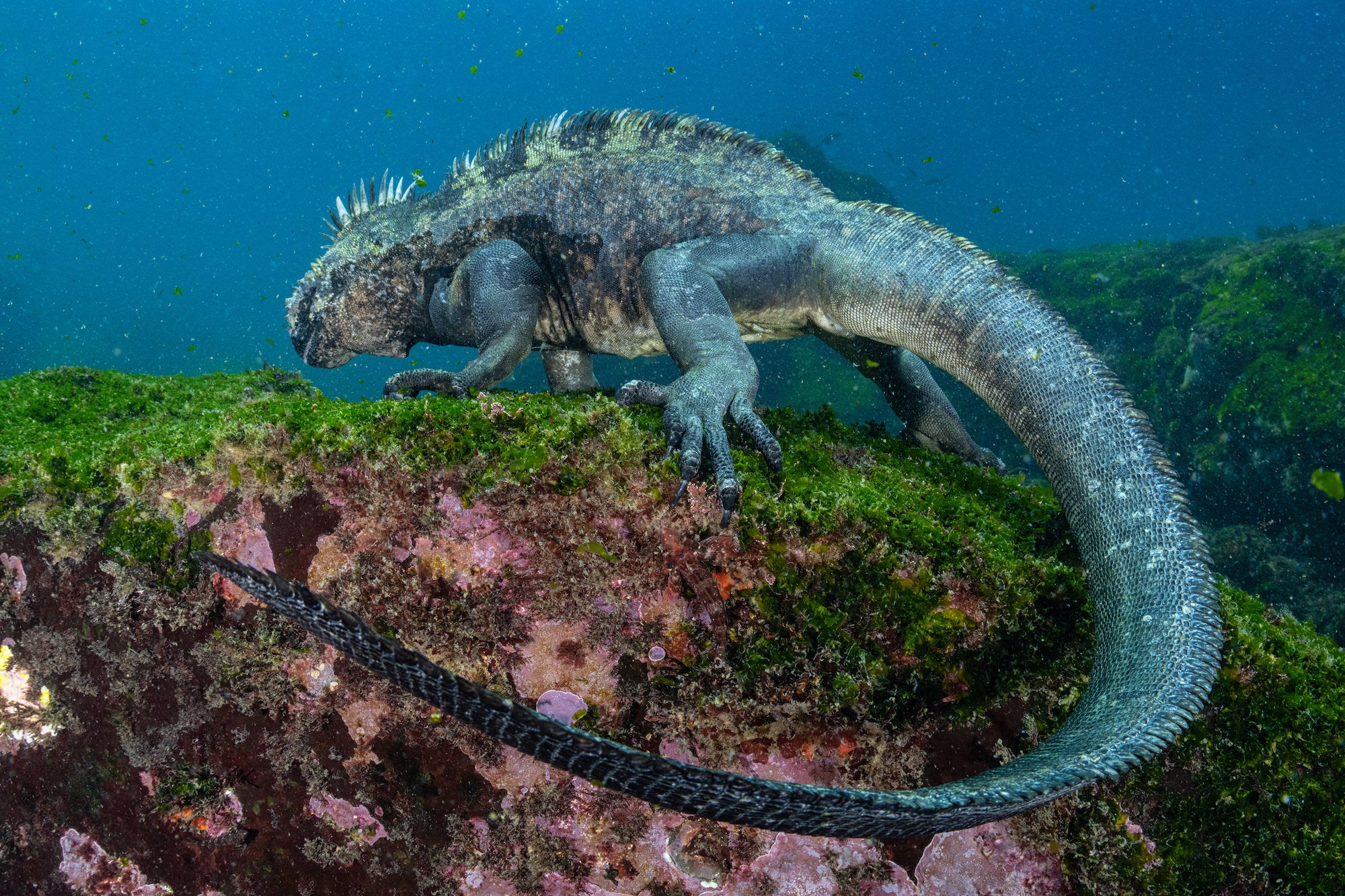 Photo by Cristina Mittermeier.
Photo by Cristina Mittermeier.
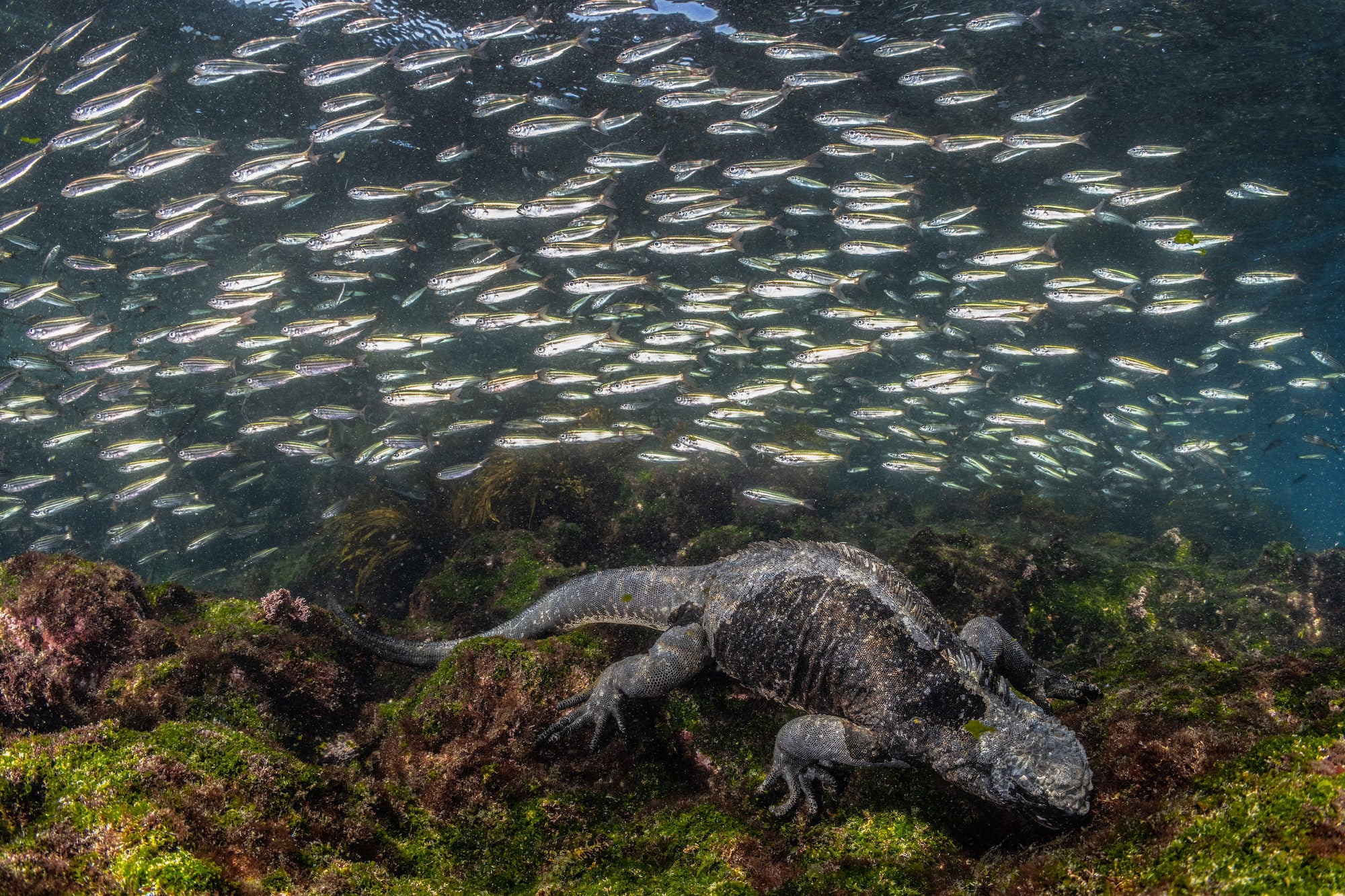 Photo by Cristina Mittermeier.
Photo by Cristina Mittermeier.
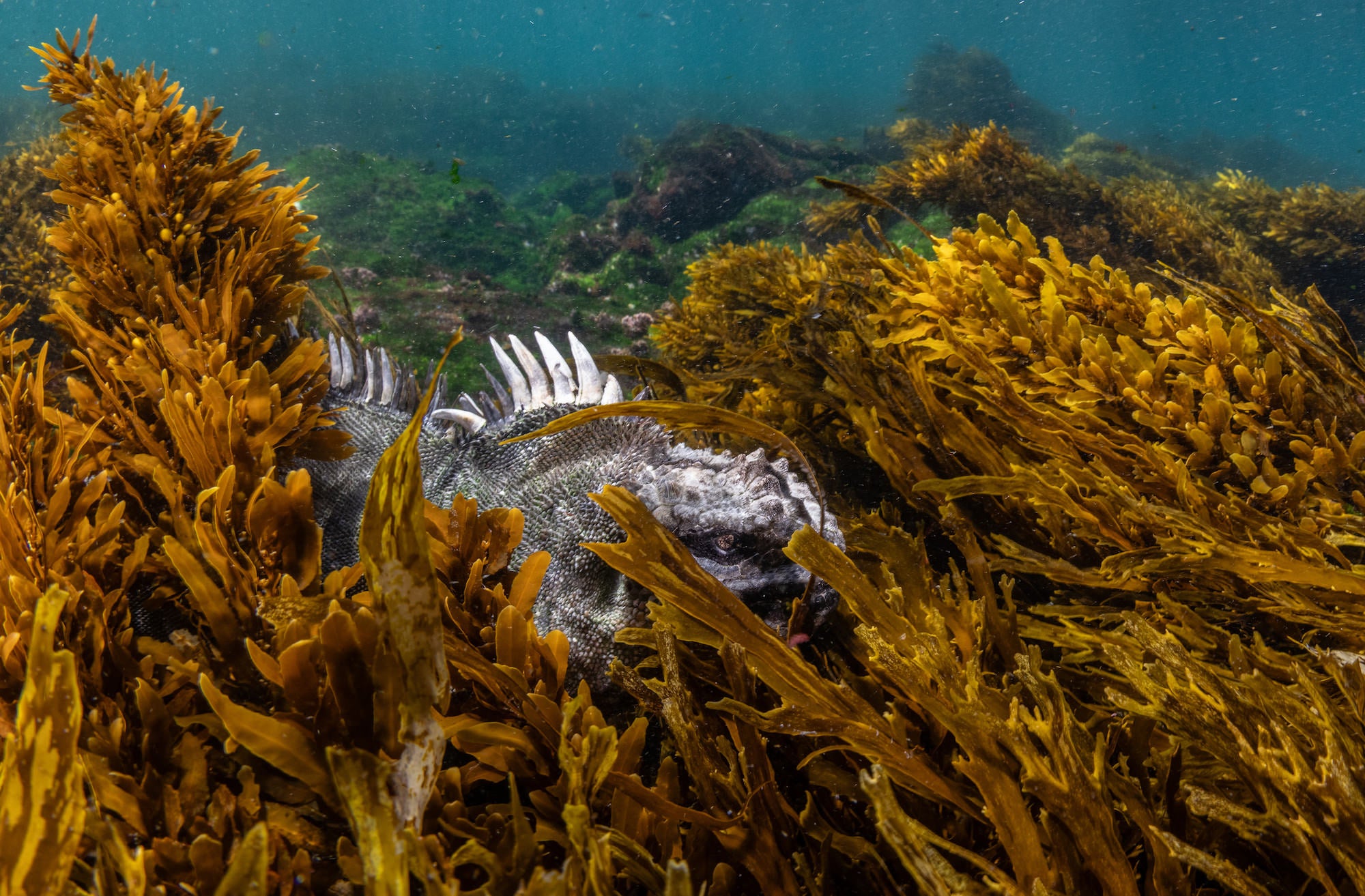 Photo by Cristina Mittermeier.
Photo by Cristina Mittermeier.
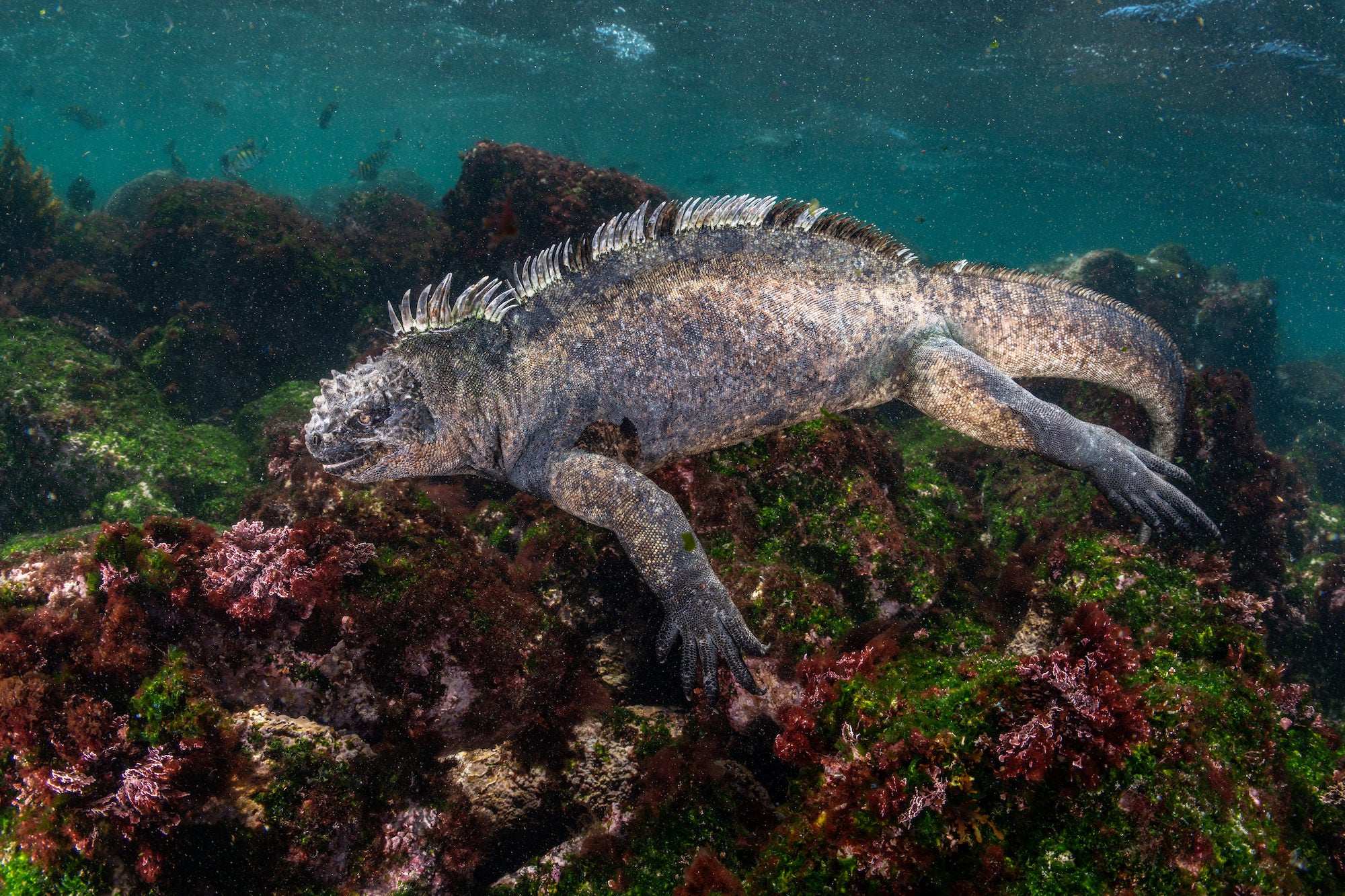 Photo by Cristina Mittermeier.
Photo by Cristina Mittermeier.

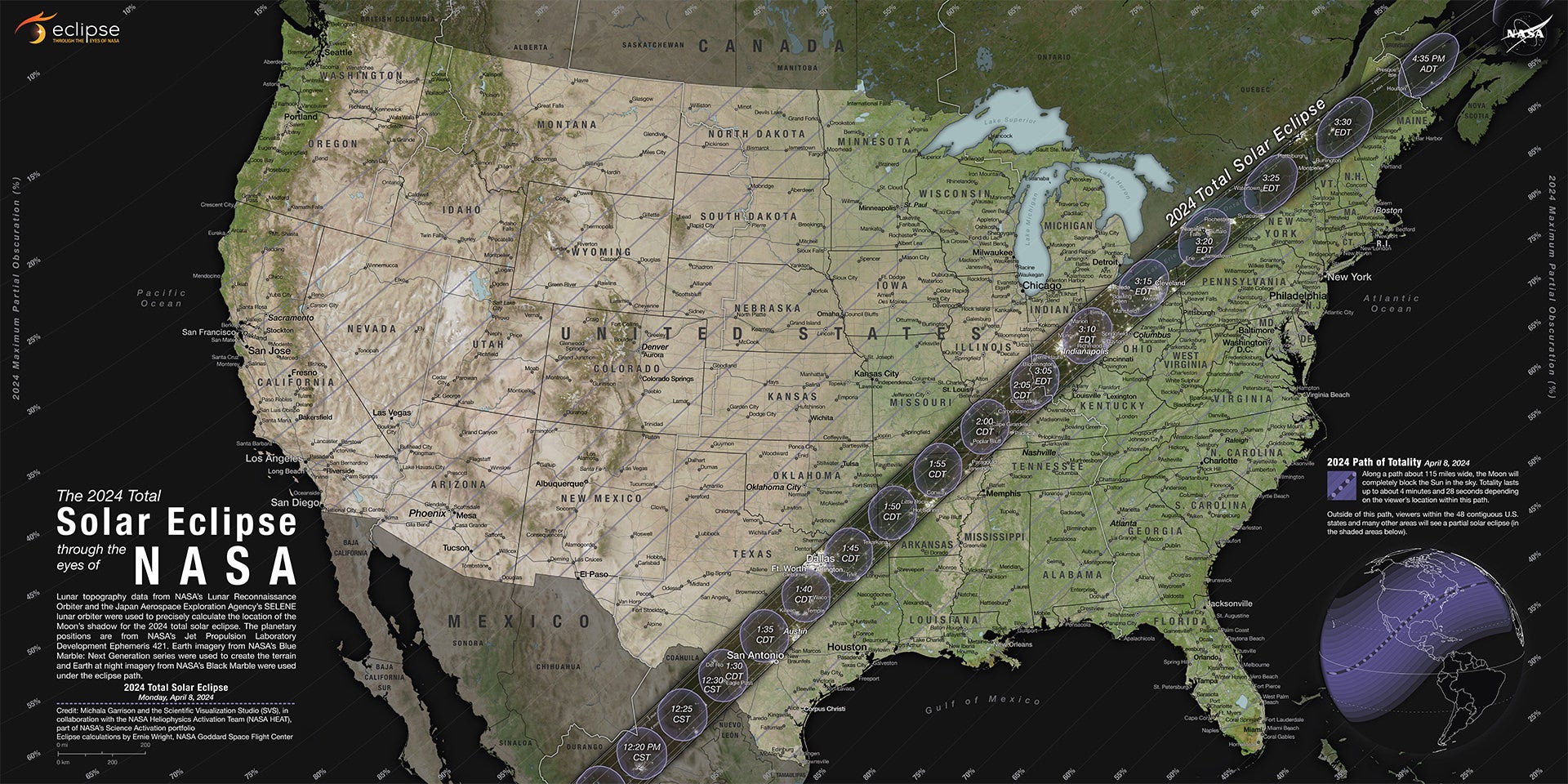 Graphic from
Graphic from 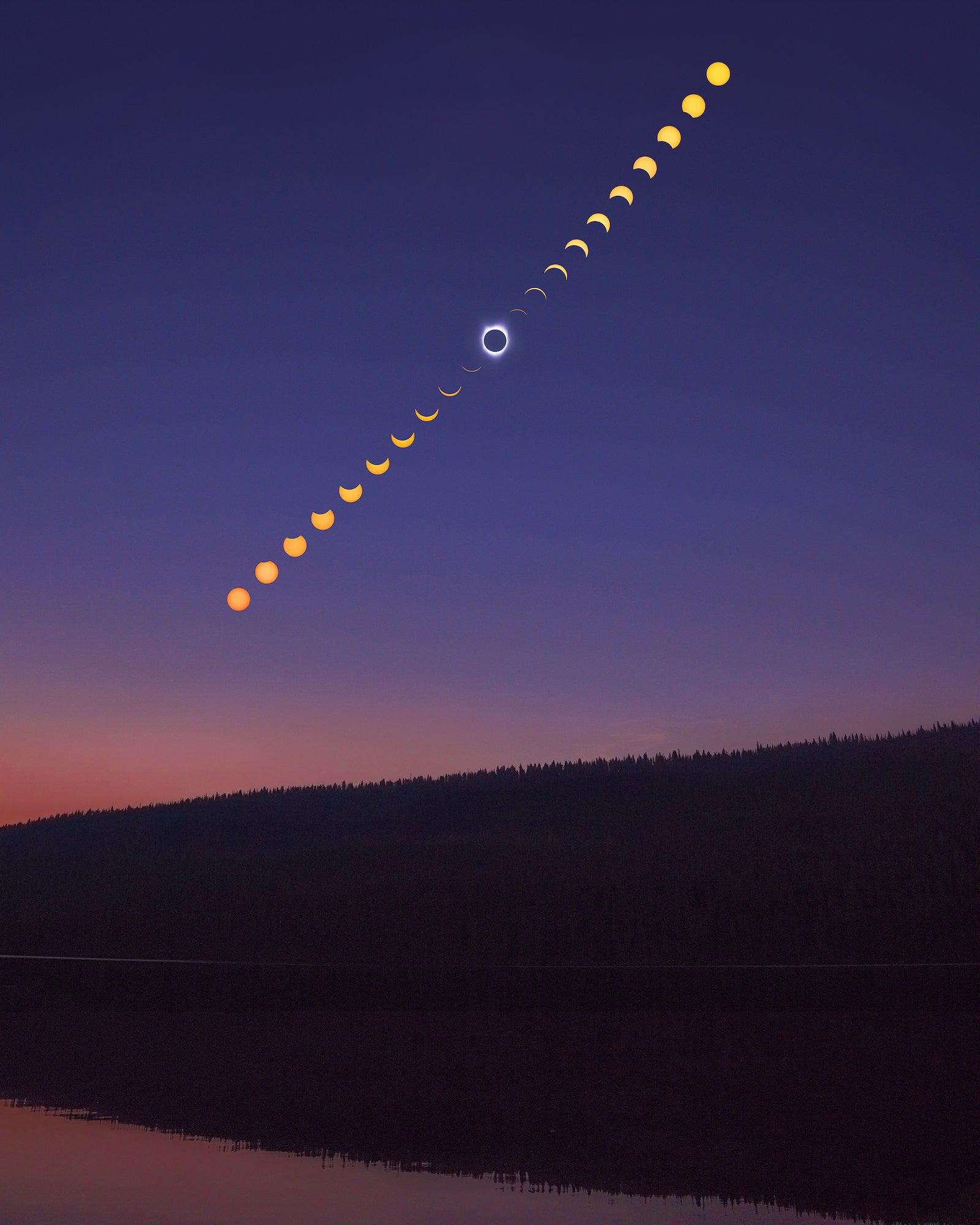 Photo by Autumn Schrock
Photo by Autumn Schrock



Announcing a LIVE AMA with Hannah Mather
in Photography
Posted
Catch up on the AMA here: